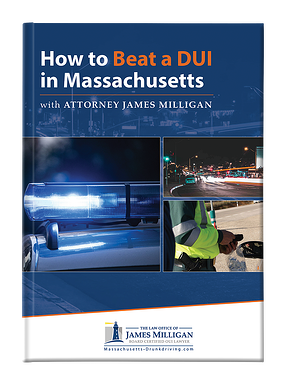The process for unsuspending a driver’s license will vary depending on the reason for the suspension and the state in which you are licensed. It is best to contact your state’s Department of Motor Vehicles (DMV) for specific instructions and requirements. In general, here are the steps you will likely need to follow: 1. Gather necessary information: Before contacting the DMV, make sure you have all the necessary information and documents, such as your driver’s license number, personal information, and any paperwork related to the suspension. 2. Pay any outstanding fines or fees: If your license was suspended due to unpaid fines or fees, you will need to pay them in full before you can unsuspend your license. 3. Complete any required forms: Some states may require you to fill out certain forms to request an unsuspension. These forms can typically be found on the DMV’s website or can be obtained in person at a DMV office. 4. Attend any required hearings: If your suspension was due to a traffic violation or other offense, you may be required to attend a hearing to discuss your case before your license can be unsuspended. 5. Provide proof of compliance: Depending on the reason for the suspension, you may need to provide proof that you have completed any required actions, such as completing a driving course or getting your car inspected, before your license can be unsuspended. 6. Pay a reinstatement fee: Some states may require you to pay a reinstatement fee.

